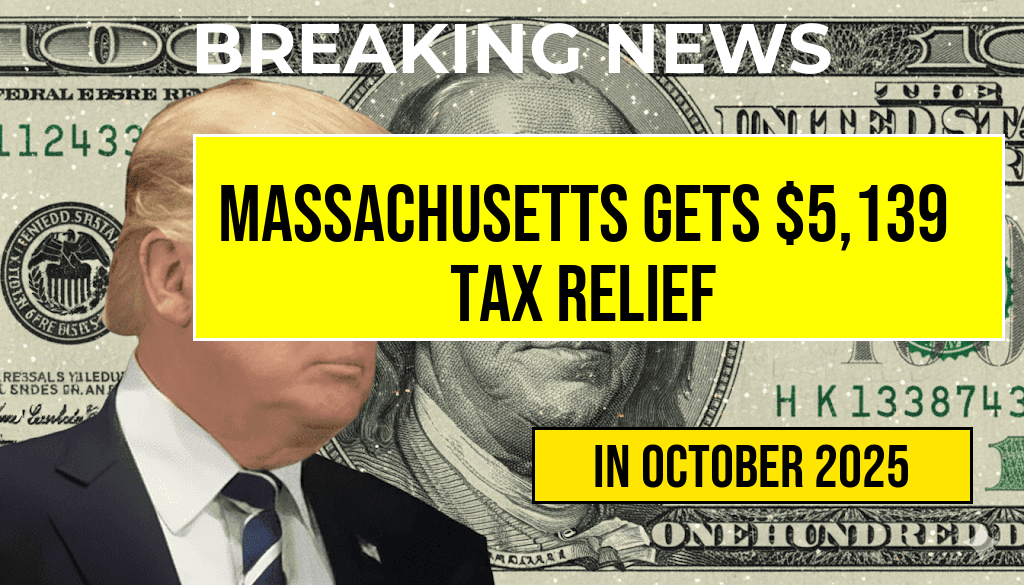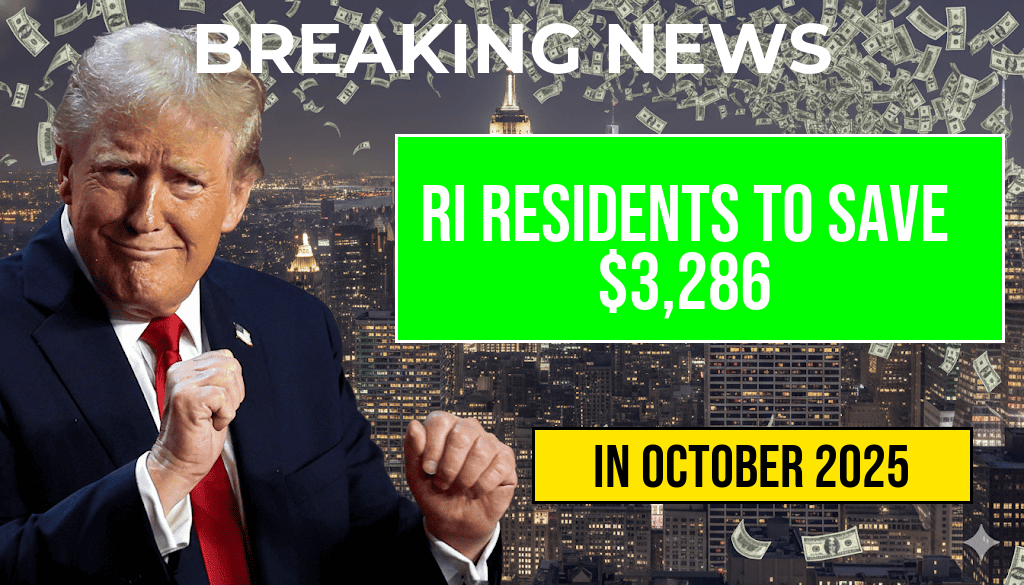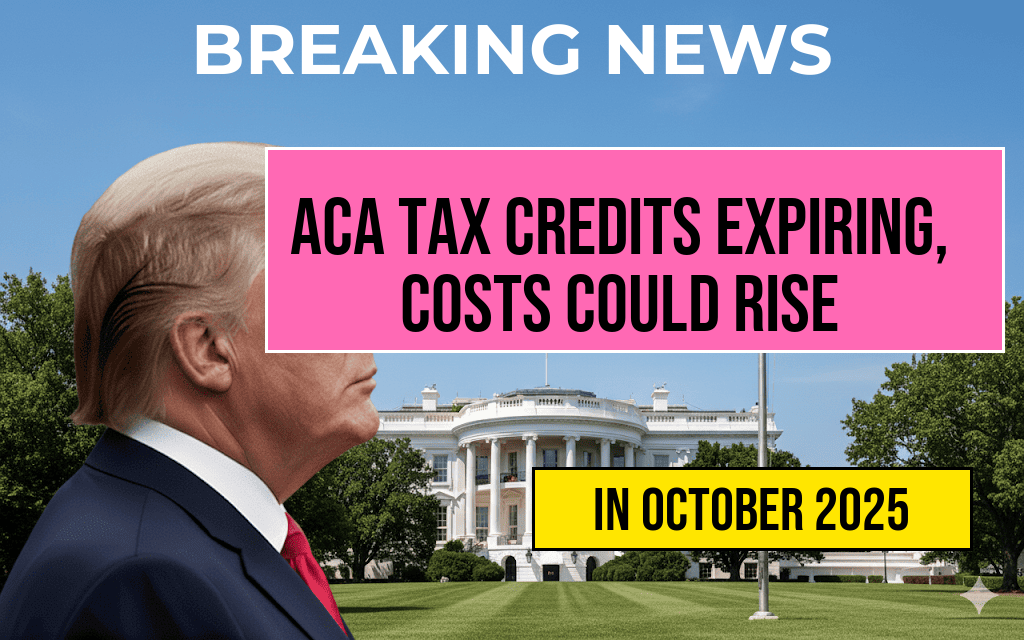Residents of Massachusetts are seeing tangible financial benefits from recent tax reforms, with the latest figures indicating an average tax relief of $5,139 per household under the Trump-era tax plan. The implementation of these changes has led to widespread adjustments in state and federal tax filings, resulting in significant savings for many residents. According to data released by the Internal Revenue Service (IRS), Massachusetts taxpayers collectively received billions in tax cuts, marking a notable shift in the state’s fiscal landscape. The relief stems from adjustments to individual income tax brackets, increased standard deduction amounts, and the elimination of certain itemized deductions, all components of the broader federal tax overhaul enacted in 2017. As policymakers and residents evaluate the impact, experts suggest that these savings could influence household spending, investment decisions, and overall economic activity in the region.
Understanding the Tax Relief Distribution in Massachusetts
How the Savings Are Calculated
The reported average of $5,139 in tax relief per household is derived from IRS data analyzing tax returns filed for the 2022 tax year. This figure considers the total reduction in federal tax liabilities allocated across Massachusetts households, factoring in income levels, filing status, and deductions. The IRS’s analysis indicates that higher-income households tend to realize larger absolute savings, although the percentage of tax reduction relative to income varies widely across different income groups.
Key Elements of the Tax Plan Impacting Massachusetts
- Lower marginal tax rates: The plan reduced the top individual income tax rate from 39.6% to 37%, affecting high-income earners significantly.
- Increased standard deduction: The standard deduction nearly doubled, from $6,350 to $12,950 for single filers and from $12,700 to $25,900 for married couples filing jointly, leading to more taxpayers claiming the standard deduction and paying less in taxes.
- Elimination of personal exemption deductions: This change offset some of the benefits for lower-income households but overall contributed to simplified filings and reduced taxable income for many.
Regional Impact and Broader Economic Implications
Distribution of Savings Among Income Groups
| Income Bracket | Average Relief | Percentage of Income Saved |
|---|---|---|
| Under $50,000 | $2,800 | Approximately 2.5% |
| $50,000–$100,000 | $4,500 | About 4.0% |
| Over $100,000 | $9,200 | Nearly 6.0% |
Note: Figures are estimates based on IRS data and may vary according to individual circumstances.
Impacts on State and Local Economies
While federal tax reforms primarily influence individual liabilities, the ripple effects extend into state economies. Increased disposable income, especially among middle and upper-income households, has the potential to boost local retail, real estate, and service sectors. Some economists suggest that these savings could support increased savings rates or investment, potentially fostering broader economic growth in Massachusetts. However, critics argue that the tax cuts may contribute to federal budget deficits, which could eventually lead to policy adjustments affecting state funding and programs.
Residents’ Perspectives and Policy Reactions
Feedback from Massachusetts Taxpayers
Many residents report a noticeable reduction in their tax burdens. Jane Smith, a Boston-based teacher, noted, “The extra money has helped me pay down debt and save for my children’s college fund.” Conversely, some high-income earners express concern about the long-term sustainability of such tax cuts, citing potential increases in deficit as a concern.
State-Level Responses and Future Considerations
State policymakers remain attentive to how federal reforms influence state revenue and budgets. Massachusetts, like other states, must balance the benefits of individual tax savings against the need to fund public services. While there has been no immediate push to alter state tax policies, discussions about potential adjustments are ongoing, especially in the context of federal budget negotiations and economic recovery efforts.
Further Reading and Resources
Frequently Asked Questions
What is the total amount of tax relief received by Massachusetts residents under the Trump tax plan?
Massachusetts residents received a total of $5,139 in tax relief under the Trump tax plan.
How does the Trump tax plan benefit Massachusetts residents?
The Trump tax plan provides tax relief to residents, leading to increased financial savings and a reduction in overall tax burden.
Which factors contributed to the amount of tax relief received in Massachusetts?
The amount of tax relief was influenced by factors such as income levels, tax brackets, and filing status of Massachusetts residents.
When did Massachusetts residents start to see the tax relief benefits?
Massachusetts residents began to see tax relief benefits following the implementation of the Trump tax plan, with most savings realized during the recent tax filing season.
Are there any eligibility criteria to receive the tax relief in Massachusetts?
Yes, eligibility for the tax relief depends on specific income and filing requirements. Most residents who file taxes within certain brackets qualify for the benefits.








